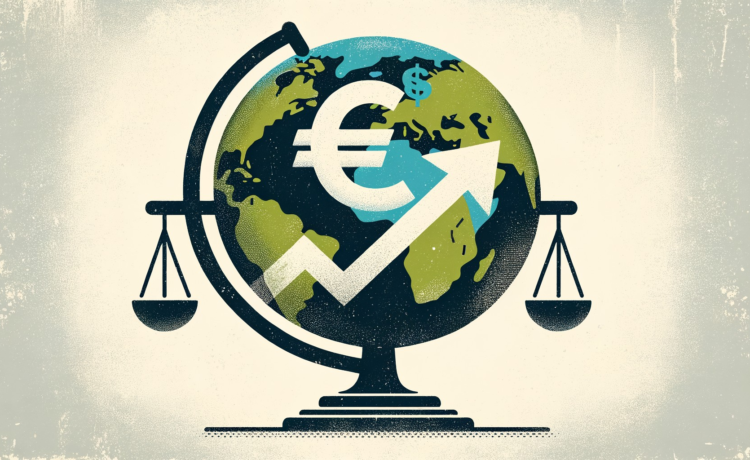What’s going on here?
The euro hovered near its recent low at $1.0703, weighed down by political worries in Europe and marking its biggest weekly drop since April.
What does this mean?
The euro’s 0.88% decline last week was driven by escalating concerns over Europe’s political scene, particularly in France, where the rise of far-right and leftist parties is sparking budget crisis fears. Investors have been offloading French assets, adding to market volatility. Nevertheless, the ECB is holding firm, opting not to buy French bonds. Meanwhile, the US dollar remained stable thanks to the euro’s struggles. The dollar index stayed at 105.49, supported by the euro’s hefty 57% influence. Neel Kashkari from the Federal Reserve suggested a possible rate cut later this year, with more clarity expected after key economic data releases this week, such as retail sales and PMIs.
Why should I care?
For markets: Navigating the waters of uncertainty.
The euro’s slump and the steady dollar are setting the stage for cautious market moves. With France’s political turbulence and the ECB’s hands-off stance, investors are keenly watching the US Fed’s potential rate cuts. This week’s US retail sales and PMI data could influence market sentiment, highlighting the ongoing tug-of-war between economic strength and monetary policy shifts.
The bigger picture: Global economic shifts on the horizon.
The global economic landscape is significantly affected by these developments. The yen’s issues, with no immediate bond buying changes from the BoJ, highlight Japan’s economic challenges. Similarly, China’s stable offshore yuan amid upcoming domestic economic reports underscores the global economy’s interconnectedness. As Europe faces internal political hurdles, the broader economic narrative is one of cautious navigation and anticipation.



